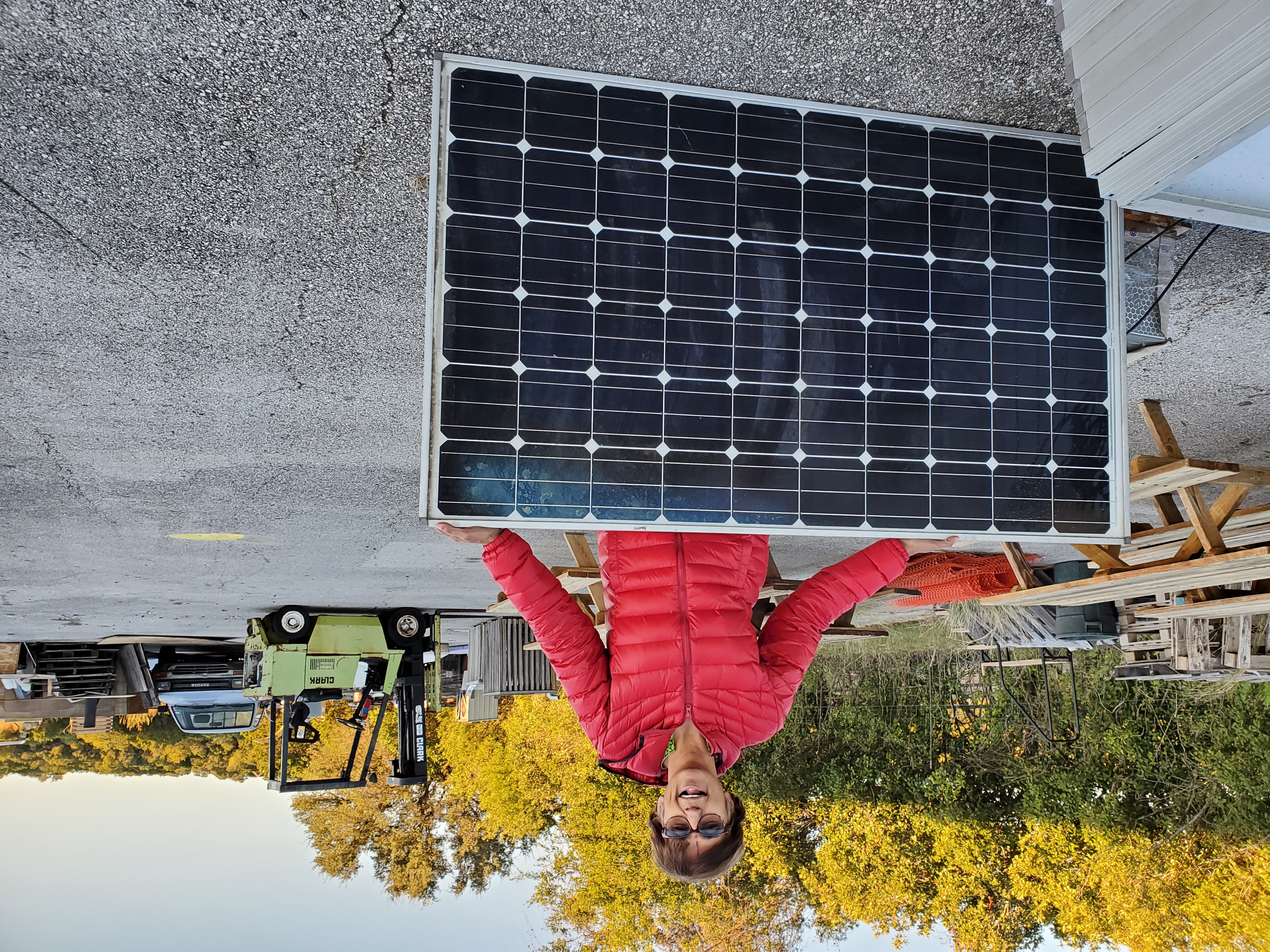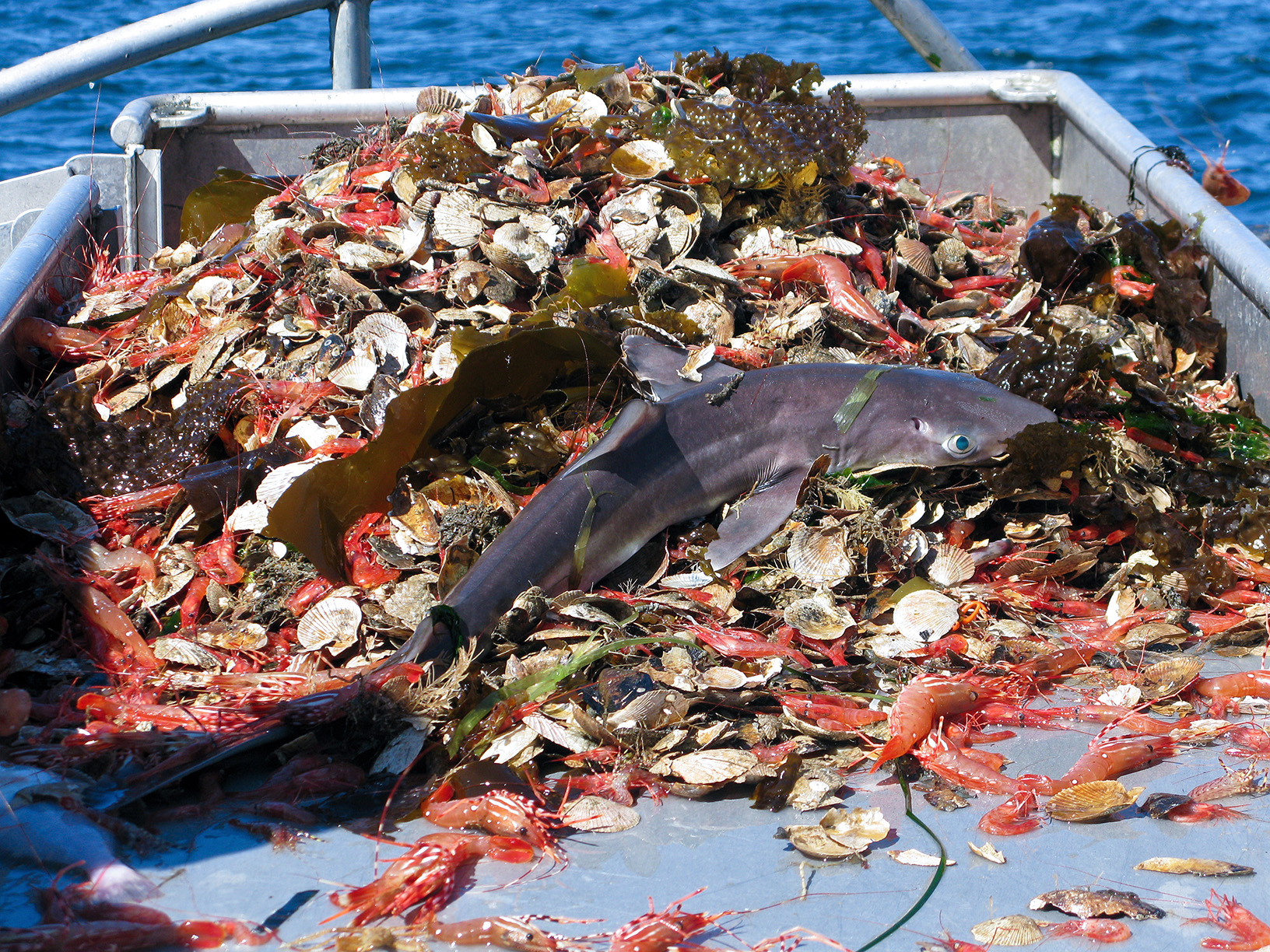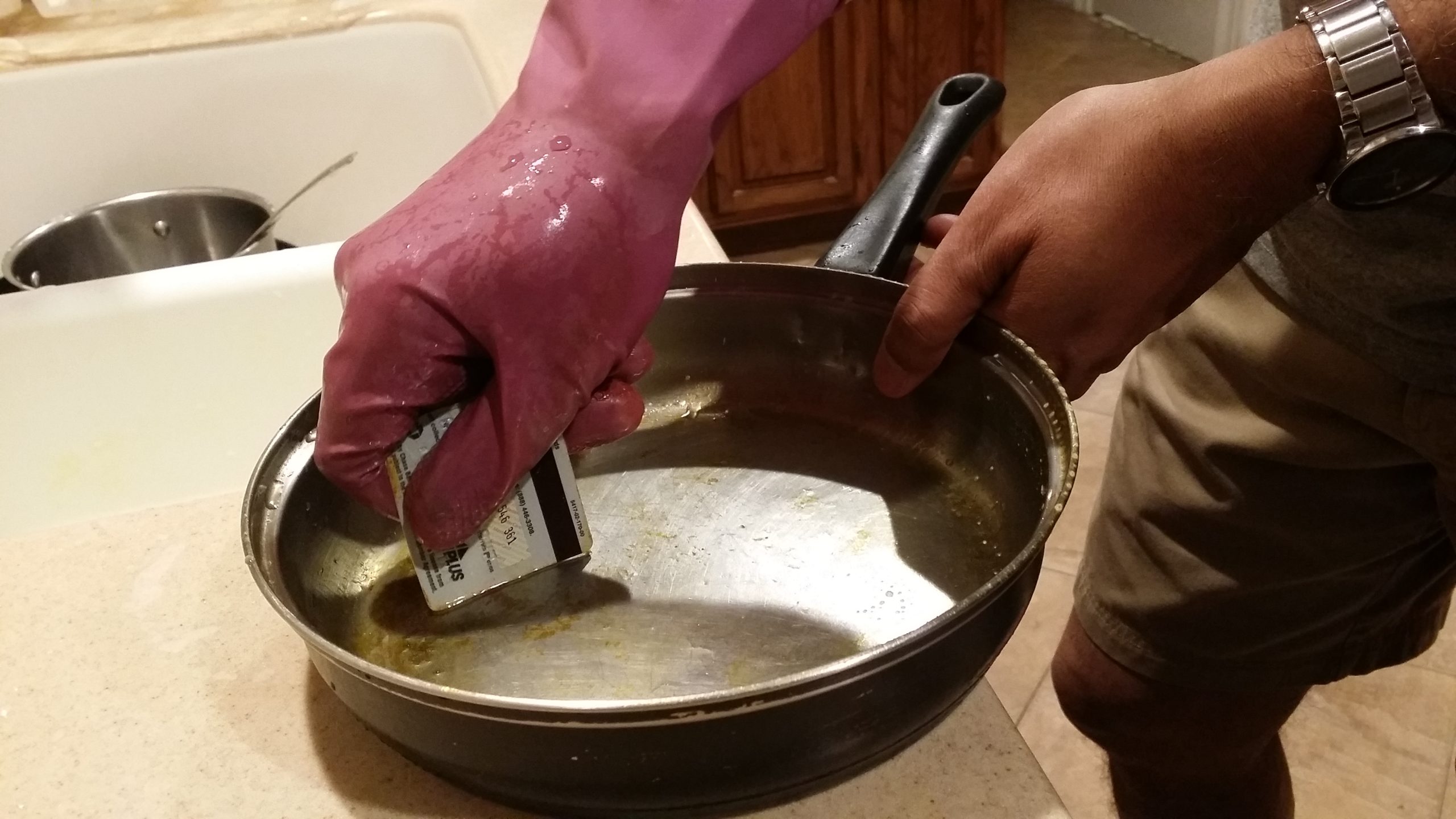
To meet Innovative minds, we need to be where the innovation happens.
Or at least where they throng to exchange their thoughts.
I was at one such hang-out place a few days ago. It was a forum filled with high tide of good spirits and imagination, passion, and professionalism.
The Houston Open Innovation Conference had masterminds discussing the future of education that churned innovation to block chains and crowdfunding.
It was a high-octane platform of deserving project in a supportive climate of celebrating unique thinking.
One thing was clear.
If an idea is a game changer, there are ways to give it wings and to take it to those who need it.
This is an era or removing limitations.
It’s an era of diverse thinking, not only in ethnic terms but in terms of disruptive thinking that constructs more than it destroys.
Times have changed.
Doors don’t close on good ideas for lack of funds or publicity. When the innovator is ready to crank it out of the head, there are its most thankful takers, too.
Innovation was never for its own sake.
It has a defined purpose. Either to solve a problem or take a performance to an altogether new lever.
Ideally to serve a higher goal of meeting a societal need and breaking the hiatus of growth.
Or opening a new door we never knew existed is what makes it all worth it.
The raison d’être for innovation?
Art can be for arts sake. Because it heals the soul in innate ways.
But innovation for innovation’s sake? Never.
The geniuses may claim it to be as therapeutic and exhilarating as art itself. Yet, there’s an expectation from it in our society. For it to make life better or easier in certain ways.
Just like improvisation, for example.
When do we improvise? When we need an object and it’s missing.
We need a chair in a room, and a packing box serves that purpose for a limited time frame. A coffee mug becomes a flower vase, a shawl can be a curtain. That duality of purpose saves a situation or saves some money.
And the urgency of time for the people to meet a crying need.
Whichever way we look at it, all improvisations opens up a surprise use of resources. It’s the first stage of innovation.
In the modern world, innovation as a concept is increasingly used in technology. A unique gadget or service that beats all analog devices. It seems to bring life under human control.
Artificial intelligence, augmented reality, can someday be the blindmen’s eyes or the Alzheimer patients’ home finder, and a wheelchair user’s legs.
Sky is never the limit for innovation. It can ride beyond the horizon on the wings of imagination.
Walt Disney has allowed the luxury of Imagineering in his world of entertainment.
Seed of innovation hides in imagination –
Innovation has its nurturing incubation in imagination. Not any plain wishful thinking but something that leads to paradigm shift. Taking us beyond our limitations of realistic thinking.
For every great invention, there’s first an imagination.
A “I wish” stage to the ways that can happen. People wanted to see a football match that they couldn’t go to. The wish became so desperate, the television had to happen.
The vision led to its creation. Imagination led to reality.
Curious doctors wanted to see what happens inside the body. And diagnostic imaging started with the x-ray. Then followed its ultra-smart cousins like ultrasound and MRI.
If man never dreamed of flying, airplanes would never have happened.
And of course, we’ve all at some point wanted to see what the earth looks like from a point far out in the sky.
That led to rockets, moon trips, and now even a one-way journey to Mars.
The hope for sustainability —
Can innovation save the world?
Sure can! Without it, we perhaps wouldn’t last.
There’s more to be done. Which is why our human brains are wracking up intricate models and strategies.
Alexa can be trained to turn off lights in an unoccupied room, turn down the water heater in warm weather. Our phones can scan a barcode and tell us about a product’s carbon footprint.
Maybe even control air conditioner performance to optimize electricity consumption.
What about the car AI reminding us to stop idling on gas or to take our own bags to the store? Who knows… The possibilities are endless.
Smart sensors are already shutting off faucets when no hands are actively squirming under them to wash off the soap.
Brushing while the faucet drained a river down the drain can soon become a thing of the past with self-shutting faucets or a gentle bark from Siri.
Alternative energy sources are cropping up in labs to help us with jaw-dropping creativity.
If your water bottle has a thin film of photovoltaic cells, it can run a filtering system for its own water.
A smart mesh fitted with a solar panel can function as a lighted car park with charging ports and water filtration all rolled in one.
Micro-grids and their integration promises a global network of power supply. Finally, we see a possibility to say our farewell to fossil-fueled electricity for good.
Preprogrammed 3-D printers create scrap-free products, using only as much as is needed.
Seeing such a wide range of possibilities for saving the earth, we feel tempted to assume the brains behind the invention to be “green” in their thinking.
If the planners are aware of the environmental impact of everything we do, what they’ll create will naturally bring about a solution.
Circular economy is catching up with the think-tanks.
Smart cars will not only park themselves and prevent accidents, they’ll switch to most efficient fuel use.
We will begin to trust their decisions.
Innovation patrons can be spread thin—crowdfunding
In olden days, the kings patronized creativity and visionary thinking.
Then the kind-hearted rich took their place in democracy.
Now it’s come down to crowdfunding. There simply isn’t any excuse for creative innovation to stay dormant and die a silent death.
If the idea is good, there are ways to fund it. Period.
All leaders in innovation know that for a fact and will not give up. They’ll find the channel that supports the idea.
And that makes me think.
If crowdfunding is possible, in the days of social media and easy access to social platforms, creativity, intuitive, and innovating thinking can also pool up to make great things possible.
Innovation need not be the prerogative of the elite thinkers, it can be everyone’s responsibility.
Just like Einstein had envisioned.
It’s a way to pave for a truly democratic society where problem solving is also for the people and by the people.
The Commitment Toward Social Responsibility—
Now we know out-of-the-box thinking has the promise of being funded.
And it has the ability to find ways to divert resources away from landfills, to flick it back into the production system to create a looping system.
The final piece closing it into a perfect circuit is our responsibility.
If we have to live beyond the two decades the no-sugarcoating environmentalists are screaming hoarse over, we better pick up the hammer and get to work.
The onus is on us.







0 Comments